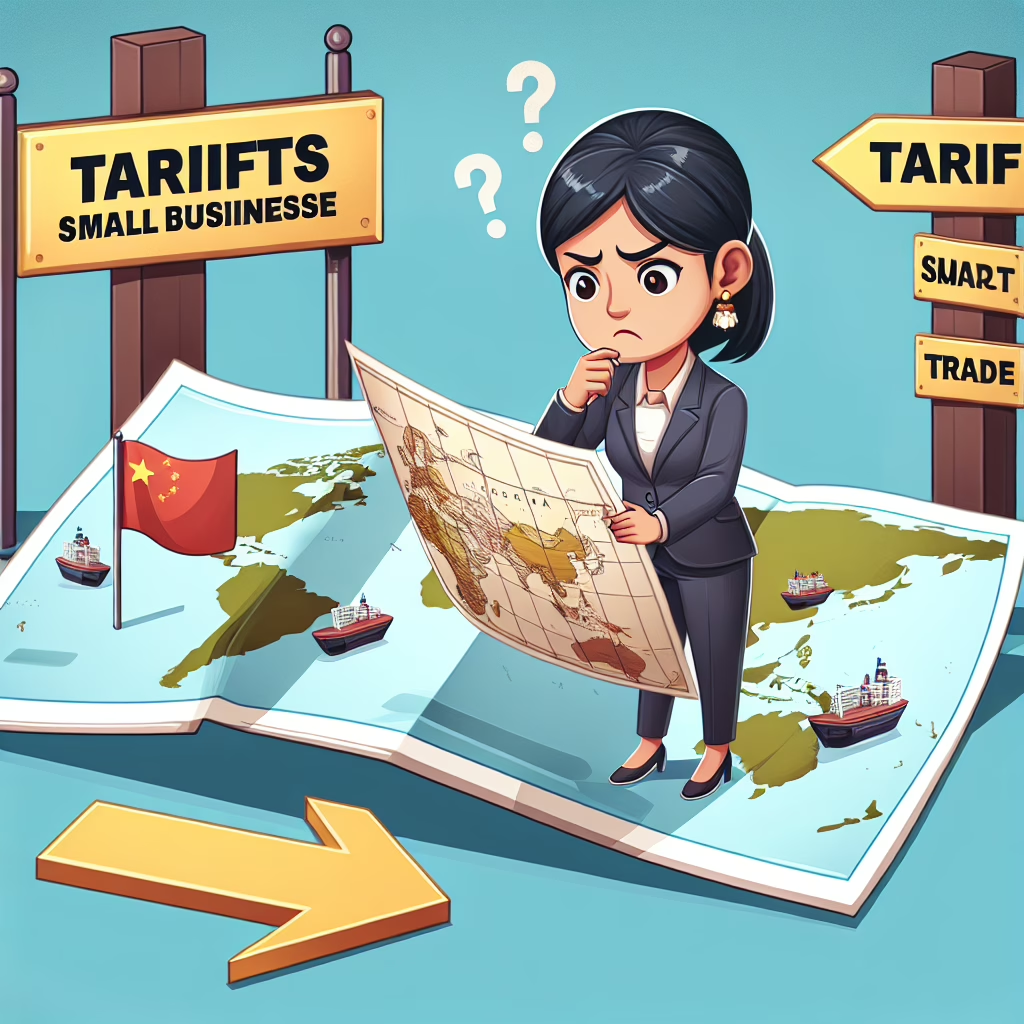Ah, tariffs! The word that can make even the most stoic accountant break into a nervous sweat. In the world of small businesses, understanding tariffs is as essential as knowing how to use a stapler. With 2025 bringing its own set of economic challenges, it’s time to dive into how these trade policies shape the landscape for small enterprises, especially when it comes to sourcing products from China.
Why Tariffs Matter for Small Businesses
When you hear the word “tariff,” you might picture a distant land where trade wars rage like a medieval battle. However, for small businesses, tariffs are much more personal. These taxes on imported goods can dramatically affect pricing structures, profit margins, and ultimately, consumer behavior. Imagine you’re a small business owner who sources your products from China. Suddenly, a new tariff rolls in like an uninvited guest at a party—unexpected and potentially disastrous!
With tariffs impacting the costs of materials and products, small businesses face the tough decision of whether to absorb those costs or pass them on to consumers. Spoiler alert: neither option is particularly appealing! Absorbing costs could mean tighter margins, while increasing prices might send customers running faster than you can say “discount!” This delicate balancing act makes understanding tariffs not just important, but absolutely critical for survival.
The Role of China in Small Business Manufacturing
Now let’s talk about the elephant in the room: why do so many small businesses rely on manufacturing in China? The reasons are as varied as the items in your local dollar store! First off, cost efficiency plays a significant role. Labor costs in China often allow businesses to produce goods at a fraction of what it would cost elsewhere. This means that your favorite quirky gadget could remain affordable—if only those pesky tariffs didn’t come into play!
Additionally, China has established an impressive infrastructure that supports manufacturing at scale. Need thousands of widgets? No problem! Want them by next week? Just kidding; that might be pushing it, but you get the idea. This level of efficiency is hard to find anywhere else, making it attractive for small businesses trying to stay competitive without selling their souls—or their firstborns—to do so.
Adapting to Tariffs: A Survival Guide for Small Businesses
So what can small businesses do to navigate this treacherous terrain? First off, being proactive is key. Keep an eye on tariff changes like they’re your favorite reality TV show—because they kind of are! Understanding upcoming tariff adjustments allows you to adjust your pricing strategies accordingly.
Another strategy is diversifying your supply chain. Relying solely on one country—like China—might feel comfortable now, but it’s like eating pizza every day; eventually, you’ll want something different (and less cheesy!). Explore other countries that offer competitive pricing or consider local manufacturing options. While it may seem daunting at first, supporting local economies can create a loyal customer base that loves your commitment to community.
Consider implementing the following steps to enhance your adaptability to tariffs:
- Monitor Tariff News: Subscribe to trade journals or websites that specialize in tariff updates.
- Engage with Suppliers: Open dialogues with suppliers about potential cost increases due to tariffs.
- Analyze Customer Preferences: Survey your customers about price sensitivity before making drastic changes.
The Future of Tariffs and Small Business
As we look ahead to 2025 and beyond, it’s crucial for small business owners to stay informed about global trade policies and their implications. Will tariffs continue to fluctuate? Will more entrepreneurs decide to bring manufacturing back home? Only time will tell! What’s certain is that small businesses will need to adapt faster than ever before.
In conclusion, while tariffs may appear as a formidable foe for small businesses relying on imports from China, they also present opportunities for innovation and adaptation. By staying informed and flexible, small business owners can turn these challenges into triumphs—making their mark in the bustling marketplace.
We’d love to hear your thoughts! How have tariffs affected your business operations? Share your experiences in the comments below!
Special thanks to Wired for their insightful article that inspired this discussion.
For more information about tariffs and their impact, check out our article on smartphone tariffs. If you are considering local manufacturing options, visit our post on iPhone prices to explore how tariffs might affect your choices.

